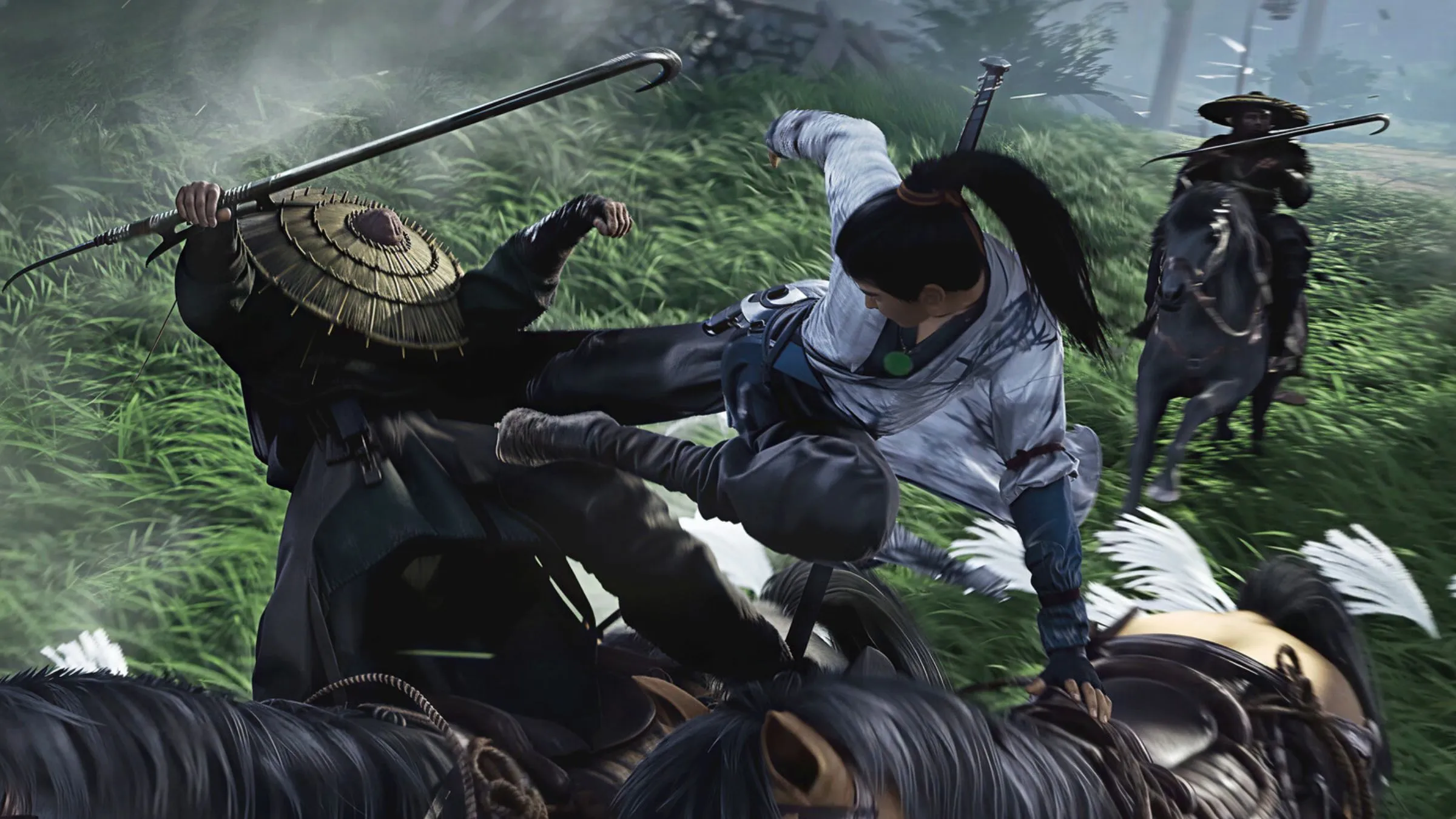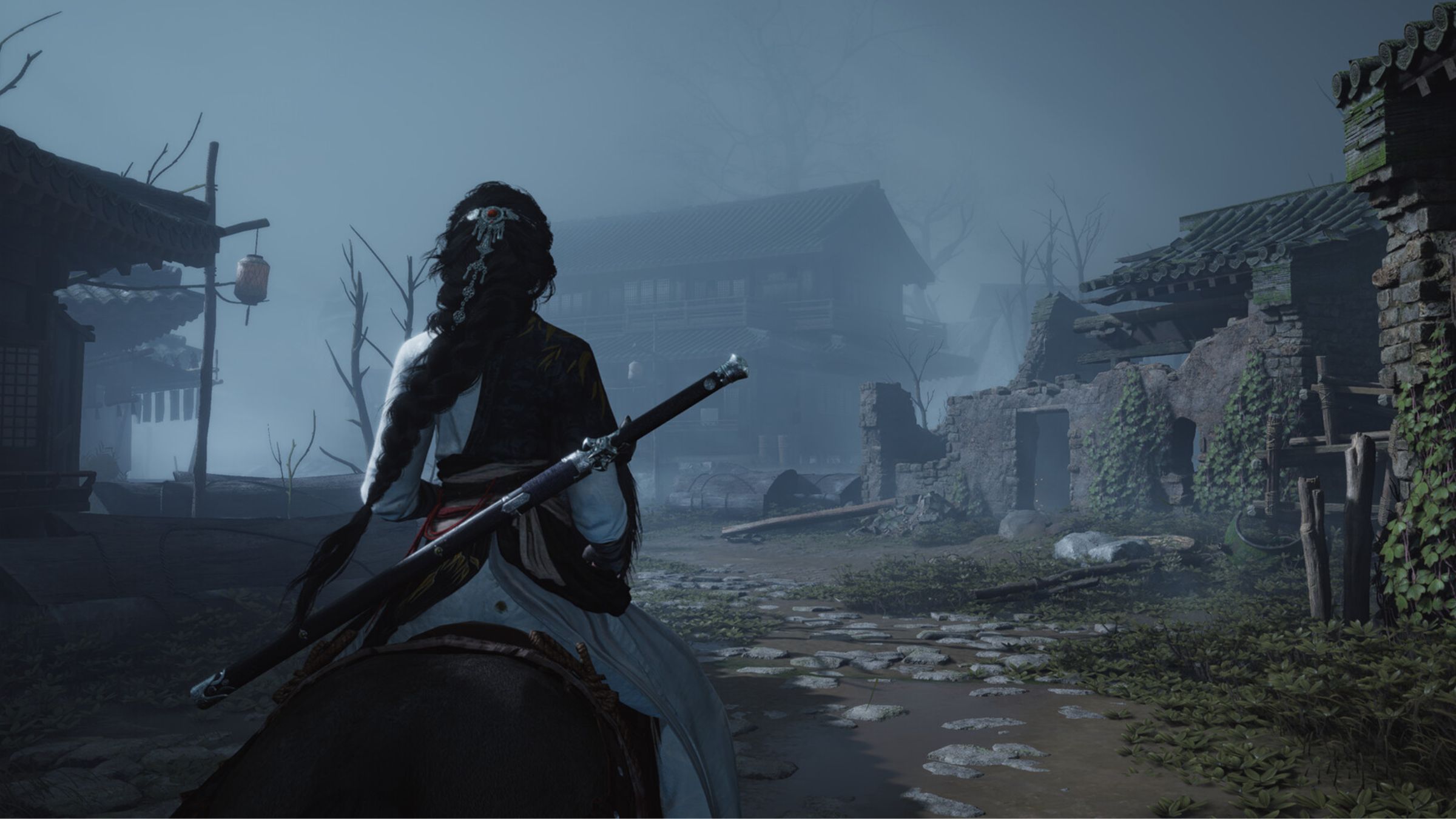
Where Winds Meet is incredibly immersive, making it easy to get lost in its world. Stepping away from cities or quests naturally invites exploration, as the game subtly encourages you to experiment and discover. The world feels alive and responsive, not just a static background, and rewards simple curiosity. This makes even leisurely wandering feel meaningful – something few games achieve so effectively.
When you truly embrace the game’s spirit, the central question – where do you go next? – becomes genuinely compelling. Where Winds Meet offers some of the best open-world exploration available, rivaling games like Elden Ring, because it prioritizes player-driven discovery. You won’t be guided by map markers or constant instructions; instead, you’ll find things by being curious, investigating strange sights, or simply talking to people. The world is designed with a sense of handcrafted detail that makes even seemingly random encounters feel meaningful. You can enter an area with no particular goal and leave with a unique story born from a spontaneous decision.
The Dynamics That Make Random Discoveries Possible

What truly sets Where Winds Meet apart is how interconnected everything feels. No single element exists on its own – physics, movement, weather, and even the behavior of characters all interact, constantly creating fresh possibilities. For example, a basic cliff can become a challenge thanks to your character’s climbing skills or martial arts, letting you tackle it in different ways. The game subtly presents these moments, making them feel like genuine discoveries rather than pre-planned events.
I absolutely love how this game encourages you to experiment with movement. You’ll be looking at something like a tiny ledge and immediately think, ‘Can I actually run across that?’ Most games would shut that down, or maybe let you with a ton of trouble. But in Where Winds Meet, it often is a path! It might lead to a gorgeous hidden view, a little treasure, or even a strange character who won’t explain themselves unless you really push them. The game consistently rewards curiosity – if something looks climbable, it probably is, and that makes you want to try everything. It’s amazing!
Even small actions can lead to surprising results. Something as simple as breaking a pot, chasing a dog, or opening a forbidden door can set off a chain reaction. The game is built on these unexpected responses – a swordsman might challenge you, or a villager might ask for your help, thinking you’re more capable than you are. These little interactions are the heart of exploration, and because there are so many of them, every action feels meaningful. This makes simply wandering around genuinely exciting, turning the world into a playground rather than just a place to travel through.
Curiosity Turns Simple Actions Into Surprising Moments

This is where Where Winds Meet truly excels. The game cleverly rewards your curiosity with surprisingly personal outcomes. Unlike many games where NPCs are just scenery, actually taking the time to talk to characters here can unlock hidden locations, reveal shortcuts, or even change the story. You can even try to intimidate or threaten them, which can lead to unexpected results – sometimes they’ll even attack! Every conversation feels unpredictable, making you eager to talk to everyone you encounter.
The game rewards your curiosity, making both fighting and exploring feel fun and experimental. For example, you might see bandits around a campfire and assume approaching them directly would be a mistake. But the game responds to how you approach – you can sneak, walk right up, or use the environment to your advantage. These spontaneous actions create unique, personal stories, not because you followed instructions or a quest, but because you acted on instinct and the game built something interesting from it.
The real joy of exploring comes from these constant, unexpected discoveries. You might be traveling peacefully when a stranger flags you down, and a simple curiosity could lead to solving a local mystery or learning a new skill. The game doesn’t rely on grand spectacles; instead, it feels alive because of these small, meaningful moments. Every road and path feels like it could lead to something special, making just wandering around incredibly engaging. It’s the kind of game where you can start with a goal in mind, but quickly get sidetracked by something even more interesting.
What do you think? Leave a comment below and join the conversation now in the ComicBook Forum!
Read More
- Clash Royale Best Boss Bandit Champion decks
- Best Hero Card Decks in Clash Royale
- Clash Royale December 2025: Events, Challenges, Tournaments, and Rewards
- Clash Royale Witch Evolution best decks guide
- Best Arena 9 Decks in Clast Royale
- Call of Duty Mobile: DMZ Recon Guide: Overview, How to Play, Progression, and more
- Clash of Clans Meltdown Mayhem December 2025 Event: Overview, Rewards, and more
- Cookie Run: Kingdom Beast Raid ‘Key to the Heart’ Guide and Tips
- Clash of Clans Clan Rush December 2025 Event: Overview, How to Play, Rewards, and more
- Brawl Stars December 2025 Brawl Talk: Two New Brawlers, Buffie, Vault, New Skins, Game Modes, and more
2025-11-22 23:13